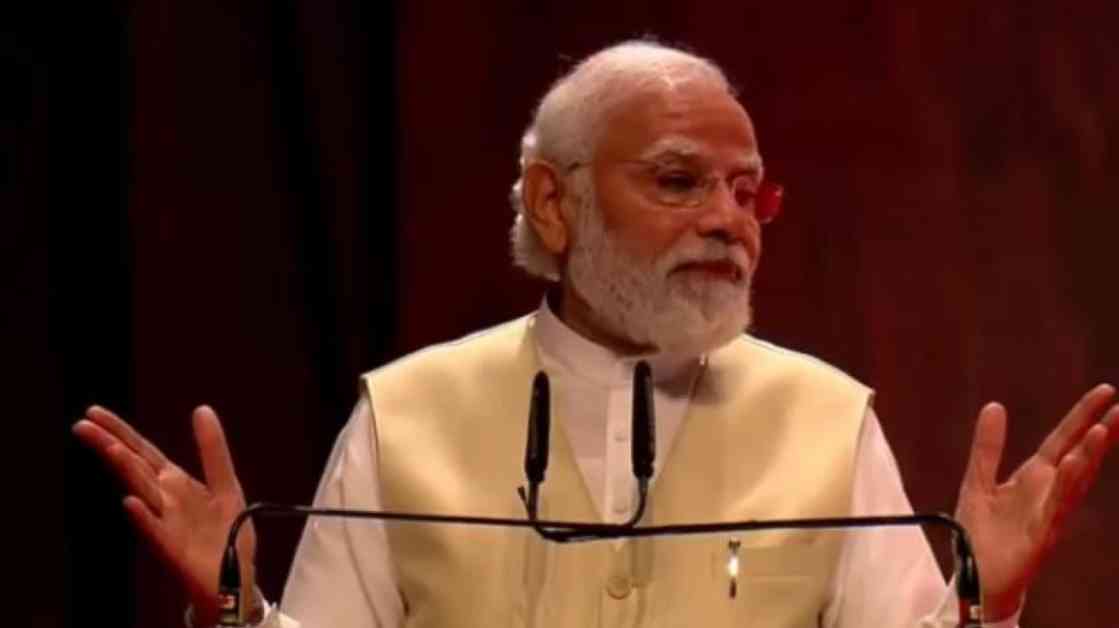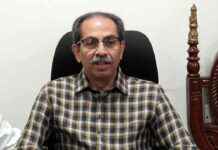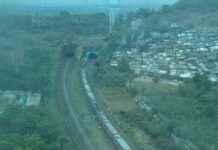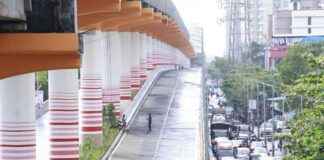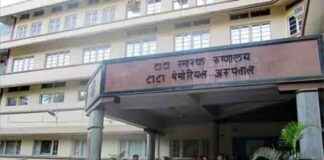Prime Minister Narendra Modi recently inaugurated the much-anticipated Vadhavan Port project in the Palghar district of Maharashtra. The ceremony, held at the CIDCO Ground, marked a significant milestone for the Rs 76,200 crore infrastructure project, which is set to become India’s largest port upon completion. However, the project has been met with mixed reactions, particularly from local communities concerned about its environmental impact.
Project Overview
The Vadhavan Port, located approximately 130 km north of Mumbai near Dahanu on Maharashtra’s west coast, is described as an all-weather Greenfield deep-draft port on the Arabian Sea. With a projected capacity of around 298 million tonnes, the port is expected to become the country’s 13th major port once operational. The ambitious project is a joint venture between Vadhavan Port Project Ltd (VPPL) and the Maharashtra Maritime Board (MMB), with VPPL holding a 74% stake and MMB holding 26%. The port will feature four multi-purpose berths, including facilities for liquid bulk, RO-RO, small crafts, and the Coast Guard, as well as a dedicated railway terminal. The development will involve the reclamation of 1,448 hectares of sea area and the construction of a 10.14 km offshore breakwater and cargo storage zones.
Economic Impact
Aligned with the PM Gati Shakti initiative, the Vadhavan Port is expected to stimulate economic activity in the region and generate employment for approximately 12 lakh people. The first phase of the project is anticipated to be operational by 2029, with full completion expected by 2039. The port is projected to create 12 lakh direct jobs and over a crore indirect jobs, showcasing its potential to boost local economies and provide livelihood opportunities for the community.
Controversy, Opposition, and Concerns
Despite its economic promises, the Vadhavan Port has faced significant opposition from local communities, particularly fishermen and villagers organized under the Vadhavan Bandar Virodhi Sangharsh Samiti (VBVSS). These groups have raised concerns about the environmental risks posed by the port’s construction and the potential threat to their livelihoods. There are fears of displacement among the local population following the port’s development, adding to the existing apprehensions about the project.
The Union Ministry of Environment and Forests had previously classified Dahanu as an ecologically sensitive area, highlighting the environmental implications of industrial activities in the region. This classification underscores the need for thorough environmental assessments and mitigation measures to ensure the sustainable development of the Vadhavan Port without compromising the ecological balance of the area.
History of Opposition
The controversy surrounding the Vadhavan Port is not new, with opposition to its construction dating back 25 years. The project was first proposed by an Australian company in 1997, but efforts to develop it were halted due to environmental concerns raised by activists and local residents. The Congress-led UPA I government made attempts to advance the project, but it faced resistance from environmentalists and community members who voiced their apprehensions about the potential impact on the environment and livelihoods.
Local Resistance and Protests
The Bhoomi Pujan ceremony for the Vadhavan Port was held amidst heavy security measures due to ongoing protests from local communities opposing the project. Approximately 7,000 police personnel were deployed to ensure the safety of the event, reflecting the intensity of the opposition from affected groups. The protests have been fueled by concerns over the environmental consequences of the port’s construction and the perceived threats to the livelihoods of fishermen and villagers in the region.
Environmental Impact Assessment
Given the contentious nature of the Vadhavan Port project, conducting a comprehensive Environmental Impact Assessment (EIA) is crucial to evaluate the potential environmental consequences of the port’s development. The EIA process should involve stakeholders, environmental experts, and community representatives to assess the project’s impact on air quality, water resources, biodiversity, and the overall ecosystem of the region. Mitigation measures should be incorporated into the project design to address any identified environmental risks and ensure sustainable development practices.
Government Response and Mitigation Measures
In response to the concerns raised by local communities and environmental activists, the government should take proactive measures to address the environmental impact of the Vadhavan Port project. Engaging with stakeholders through transparent communication channels and consulting with environmental experts can help in identifying potential risks and developing mitigation strategies. Implementing sustainable practices, such as green infrastructure design, waste management systems, and renewable energy solutions, can minimize the project’s environmental footprint and promote ecological conservation.
Community Engagement and Participation
Engaging with local communities affected by the Vadhavan Port project is essential to foster trust, transparency, and cooperation. Consultation meetings, public hearings, and information sessions should be organized to involve community members in the decision-making process and solicit their feedback on the project’s development. Empowering local stakeholders to voice their concerns, suggestions, and aspirations can lead to more inclusive and sustainable project outcomes that prioritize the well-being of the community and the environment.
Social Responsibility and Ethics
Promoting social responsibility and ethical practices in the development of the Vadhavan Port project is crucial to uphold sustainable development principles and ethical standards. Respecting the rights of local communities, protecting indigenous cultures, and safeguarding vulnerable populations should be integral to the project’s design and implementation. Upholding ethical conduct, transparency, and accountability in all project activities can build trust, credibility, and long-term partnerships with stakeholders, fostering a positive social impact and sustainable development outcomes.
Conclusion
In conclusion, the inauguration of the Vadhavan Port project by Prime Minister Narendra Modi signifies a significant step towards infrastructure development and economic growth in the region. However, the project’s environmental impact, local opposition, and community concerns highlight the need for a balanced approach that prioritizes sustainable development, environmental conservation, and social responsibility. By engaging with stakeholders, conducting thorough environmental assessments, implementing mitigation measures, and upholding ethical standards, the government can ensure that the Vadhavan Port project contributes to the region’s prosperity while safeguarding its natural resources and communities for future generations.
